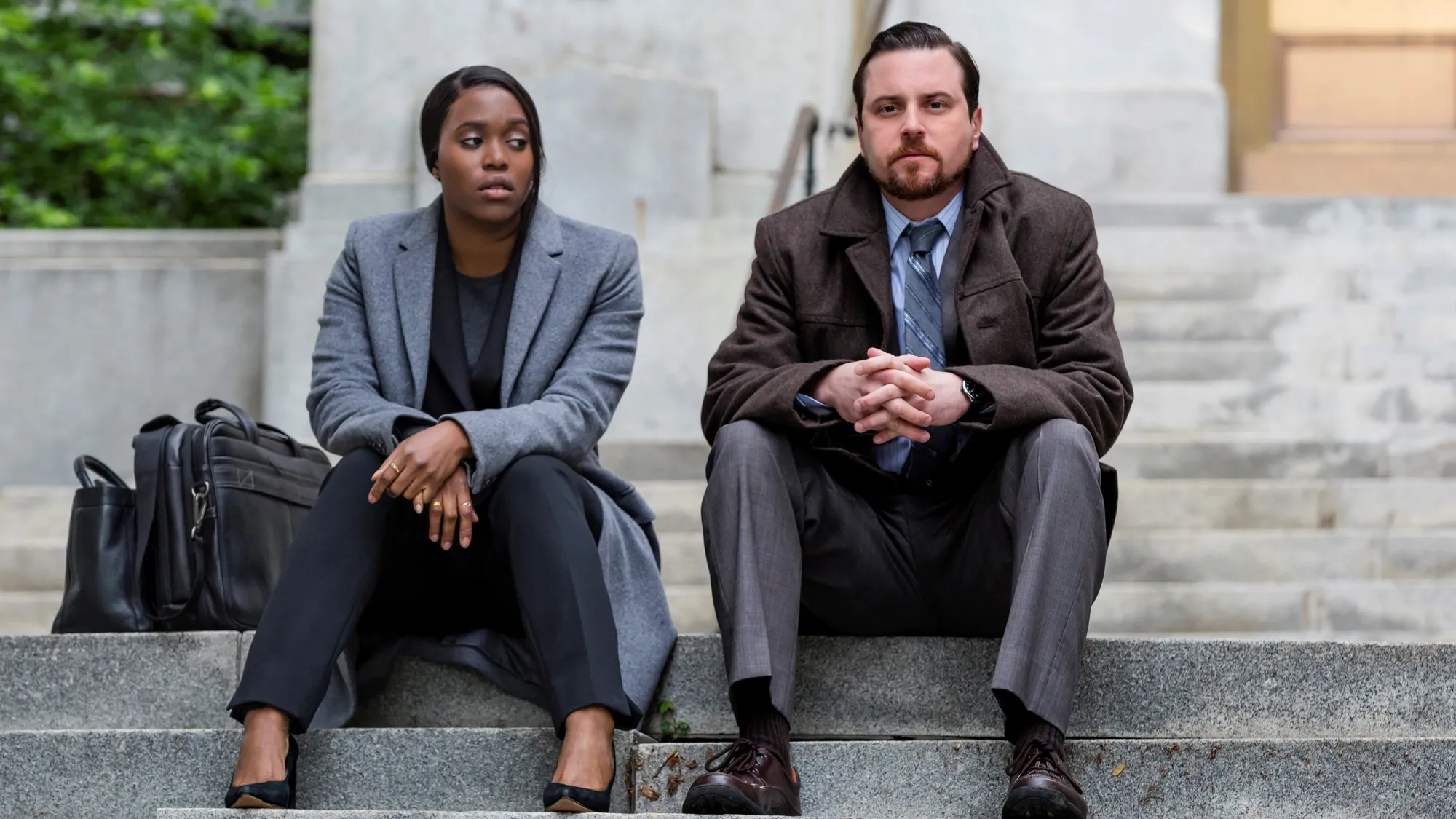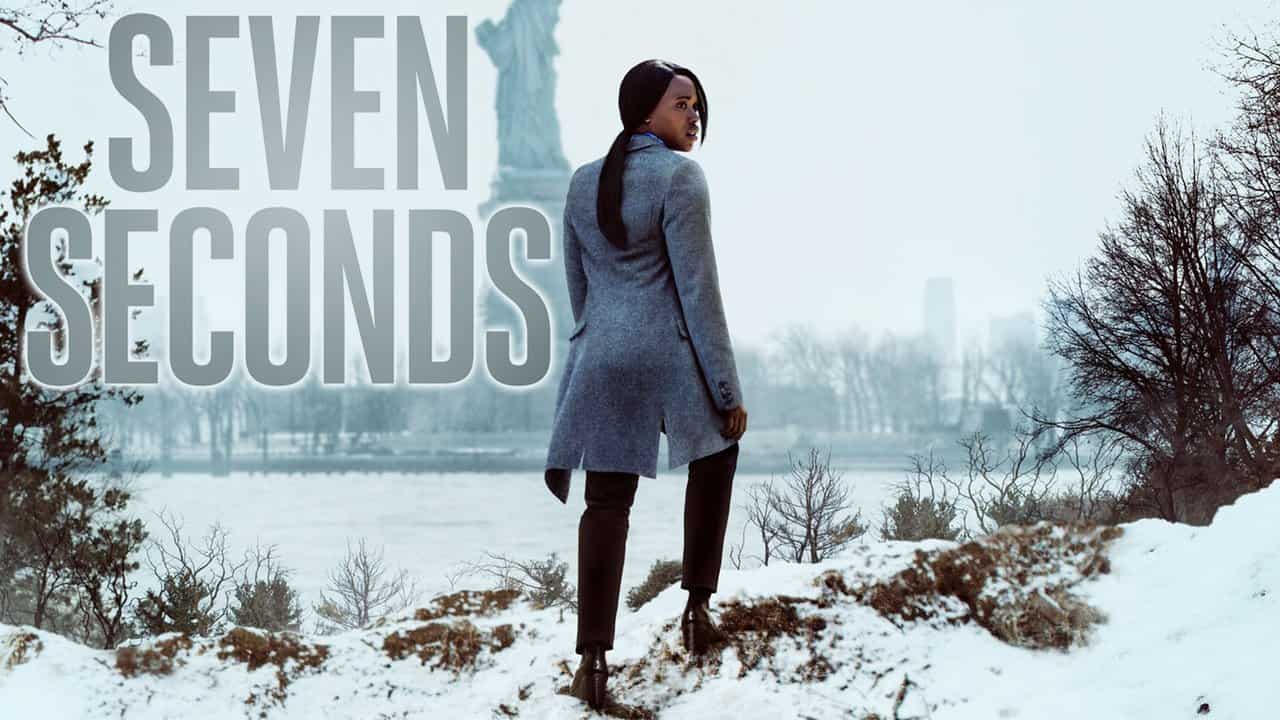Seven Seconds, a criminal drama on Netflix, enthralled viewers with its compelling plot and nuanced characters. The show, which Veena Sud developed, centers on what happens following a hit-and-run collision between a white police officer and a young African American boy.
Racial conflict, corruption, and the search for justice are all topics that are explored during the series. The conclusion of Seven Seconds leaves viewers feeling a range of emotions as unresolved issues are resolved and the characters’ futures are made clear.
The suspenseful crime drama series “Seven Seconds” will keep you glued to the screen! The hit-and-run tragedy in which a black kid is abandoned to perish by the side of the road is the plot of the show.
As the plot develops, we see how the police department tries to cover up the sad incident’s consequences. But when the victim’s family seeks justice, they must face the consequences. Enter Assistant Prosecutor KJ, a young attorney with a fiery determination to hold the offender accountable for both a hate crime and a negligent killing.
Also Read: Heartstopper Season 2 Ending Explained: Getting to the Conclusion
Seven Seconds Ending Explained
The beginning of Seven Seconds’ final episode is filled with apprehension and discomfort. The suspense is obvious as Peter Jablonski, a police officer, and the trial approaches its conclusion.
The audience is left wondering whether justice will be served or if the victim and his family will once again suffer systemic failure as the prosecution and defense make their closing arguments. The series highlights the complicated workings of the legal system and the difficulties people seeking responsibility confront during the trial.
Clare-Hope Ashitey portrays the defense attorney KJ Harper admirably as she works tirelessly to reveal the truth. She is a likable and intriguing character because of her tenacity and vulnerability, and her journey is one of the program’s highlights.
There is more to the case than initially appears as the trial moves forward. The police force is committed to defending its own at any cost, led by the morally dubious Lieutenant Breeland, played by David Lyons. The plot is further complicated by the network of corruption and cover-ups, which keeps readers on the edge of their seats.
Many viewers may be confused and maybe upset by how Seven Seconds finishes. Despite overwhelming evidence that three police officers were responsible for a hit-and-run accident, they were cleared of all charges. Only Mike Jablonski, the cop who attempted to conceal what occurred, receives a sentence of less than a year in prison.
This causes us to question the judicial system’s fairness and whether or not a young black boy’s life is truly important to it. It’s crucial to analyze these issues and what this resolution signifies for justice in our society.
You might feel that there is no resolution, given the way the episode concludes, but it could be done on purpose. It’s attempting to get us to consider how unjust things can be in the actual world. The show forces us to confront some sobering truths about the judicial system, including how it occasionally fails to force influential people to take responsibility for their actions.
The realization that this narrative occurs frequently is the scariest aspect of the conclusion. Injuries to young black boys by powerful individuals have historically occurred in America and continue to do so now. Even if Seven Seconds’ conclusion isn’t neatly wrapped up, it serves as a reminder that this isn’t just a made-up story. It demonstrates the harsh reality that many communities with little resources must face.
In the drama, it is revealed that the hit-and-run wasn’t a mistake. Police officer Peter Jablonski, acting out of racism and prejudice and harboring a personal vendetta towards the victim’s family, committed the brutal crime on purpose. Just as intriguing as the trial itself is what occurs after it.
The show meticulously examines how the trial affects the lives of the major characters as they must deal with the results of their decisions. KJ Harper, who was deeply involved in the case, tries to accept responsibility and come to terms with it.
KJ Harper stands on a bridge at the show’s conclusion and surveys the city. Although the camera reveals how vast the world is and how many untold stories of injustice there are, she has last found some closure. It serves as a reminder that there is still much work to be done in the struggle for justice.

To sum up, Seven Seconds’ ending is a suitable end to a compelling and thought-provoking series. It does a subtle and intriguing job of examining issues like racial conflict, corruption, and the search for justice.
The viewers can relate to the characters’ complicated and sympathetic paths. The conclusion serves as a reminder of the harsh reality of the world we live in, even though it may leave some people feeling unfulfilled. Anyone who appreciates thought-provoking shows that address significant social issues ought to see Seven Seconds.
Also Read: Flightplan Ending Explained: Darkness of The Actual Plan




